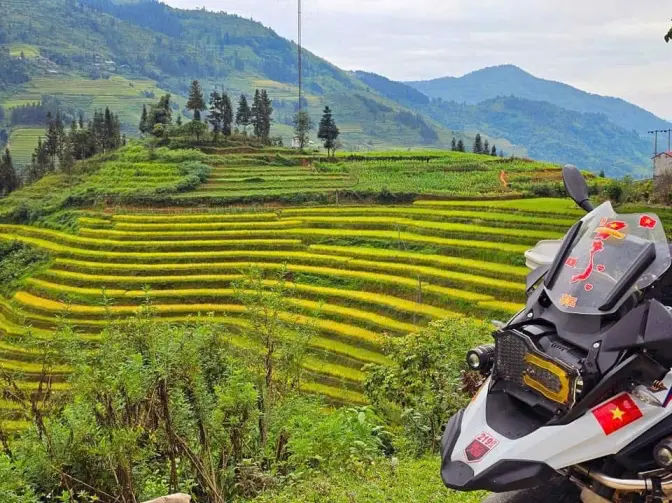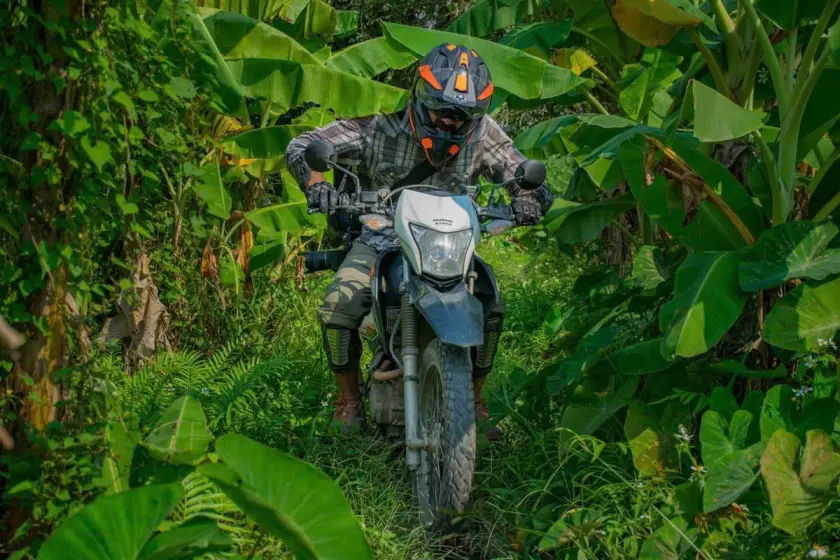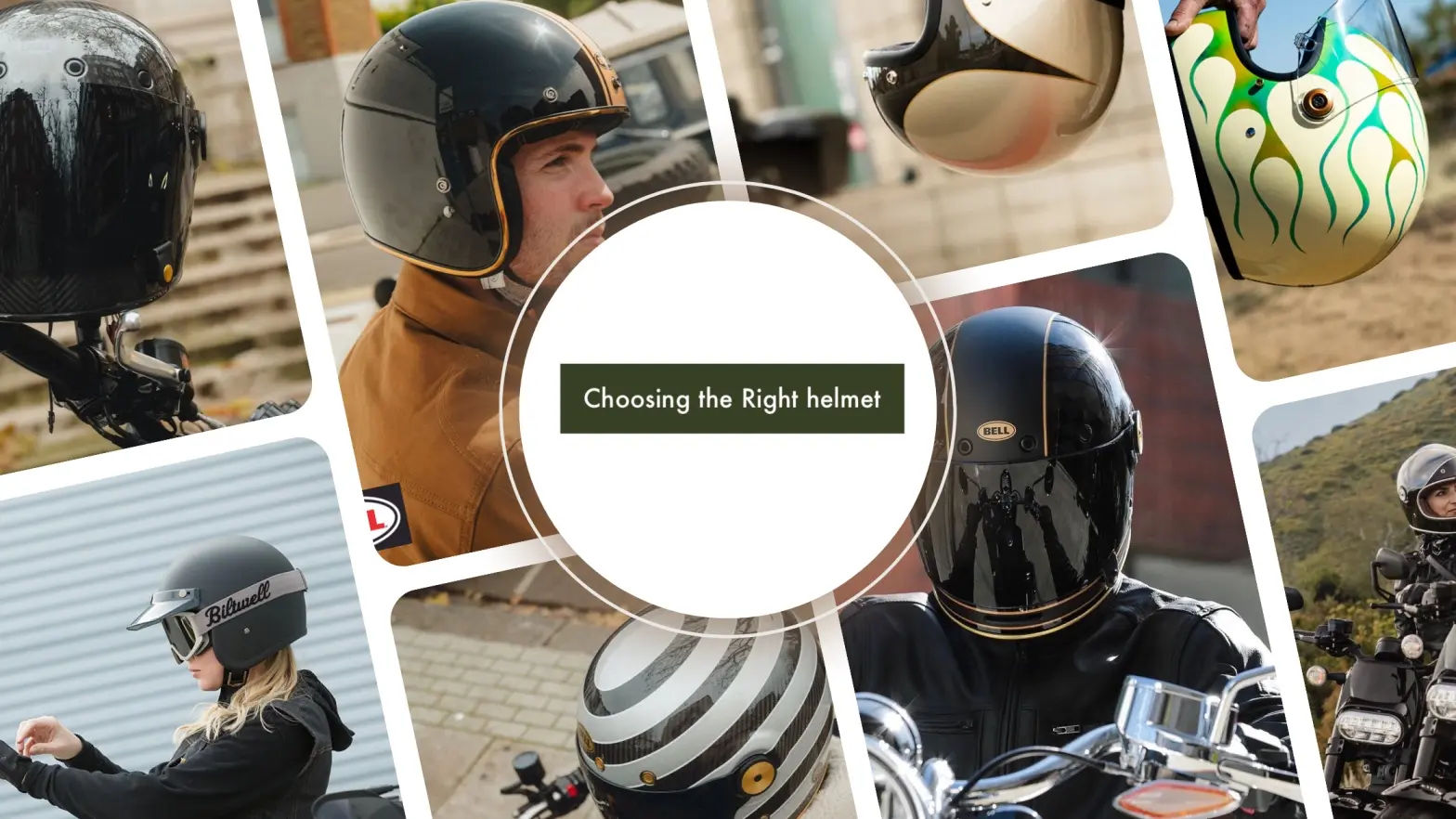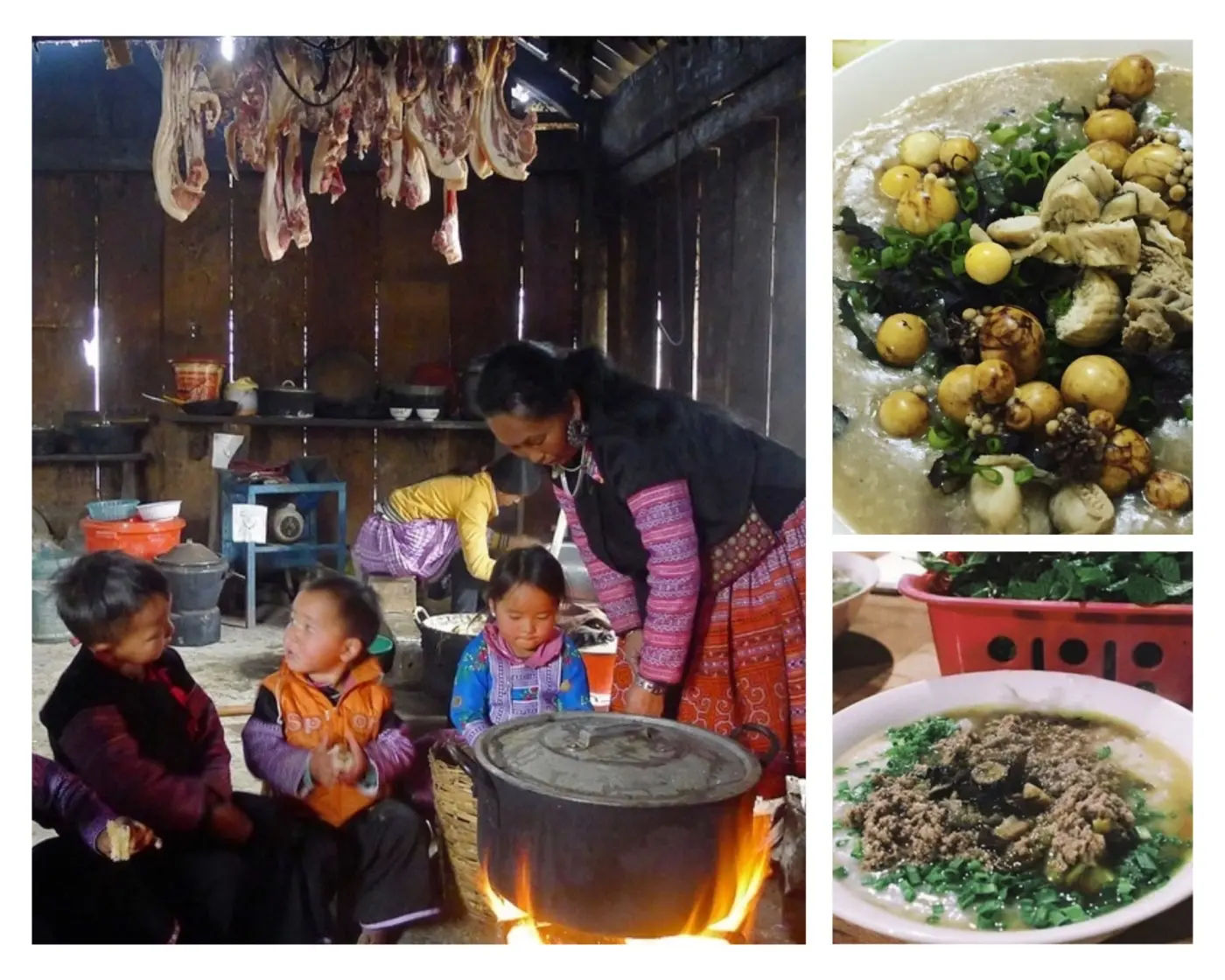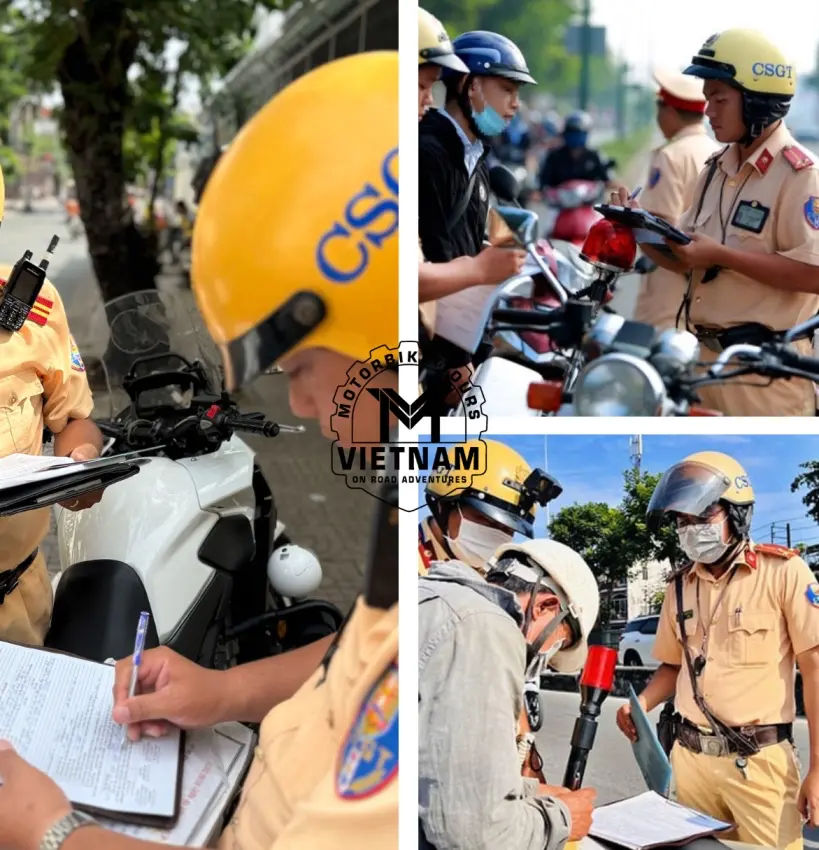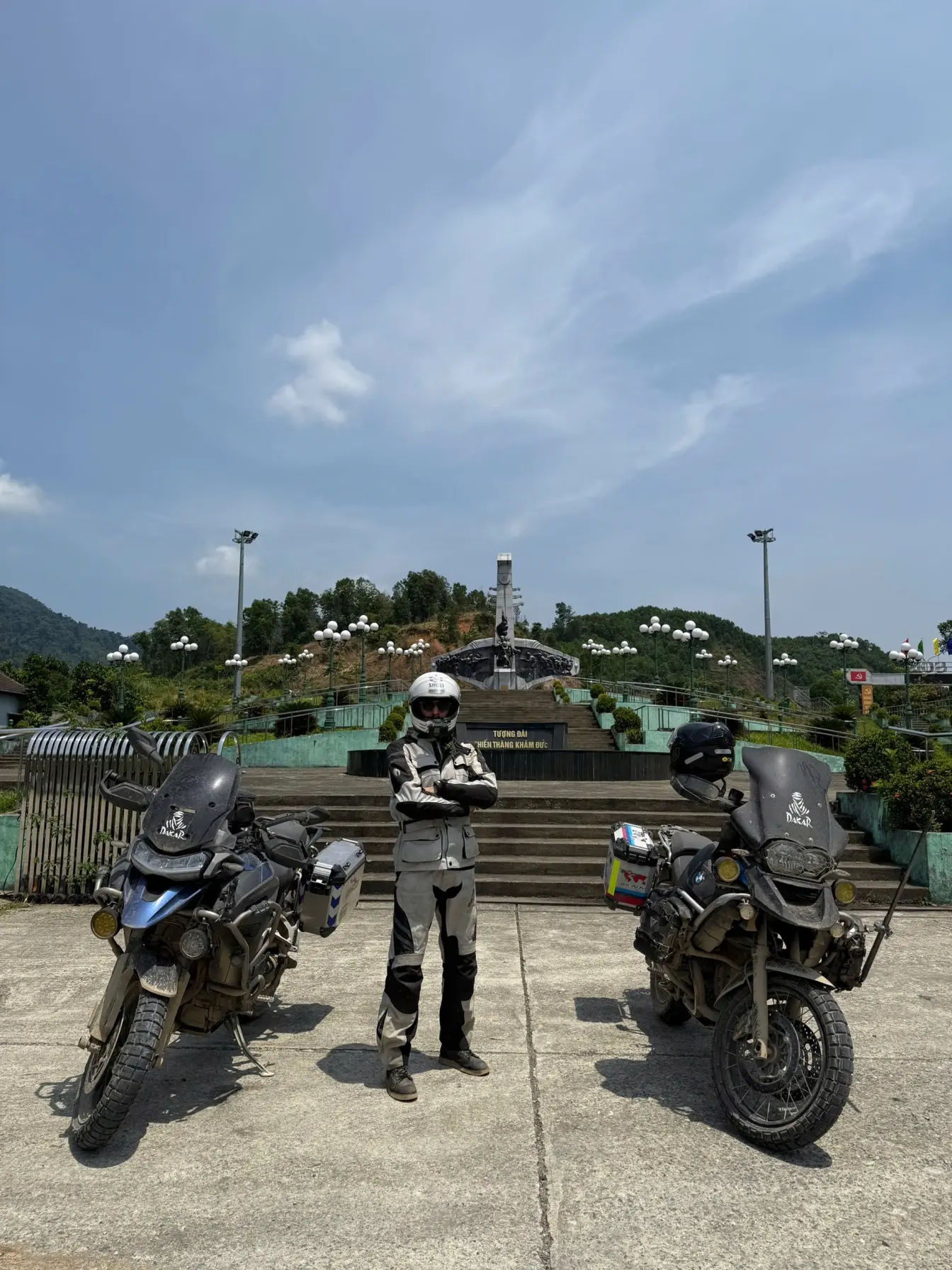
Riding a motorbike in Vietnam is one of the most exciting ways to explore the country, but before you hit the road, the first and most important step is to buy a motorcycle helmet in Vietnam that actually keeps you safe. Vietnamese law requires everyone on a motorbike to wear one, yet finding a high-quality helmet isn’t always easy. Many travelers and even locals settle for cheap helmets that barely meet safety standards, which may protect you from a fine but not from serious injury.
In this guide, we’ll help you navigate the crowded market, choose helmets that truly protect your head, and make sure your rides across Vietnam—whether for a week, a few months, or a full motorbike adventure—stay safe and worry-free.
- Check out Motorbike tours in Vietnam
Top Motorbike Helmet Brands You Can Buy in Vietnam
Finding a high-quality motorbike helmet in Vietnam has never been easier. Internationally trusted brands like AGV and HJC, Shoei, Arai, Bell and Schuberth and few others are now available, alongside reputable names such as individually sold at motorcycle showrooms.
Whether you’re a local, an expat, or a tourist, you finally have access to helmets that actually protect your head instead of just keeping you out of trouble with the police.
Riders arriving in Vietnam are in luck—these helmets are more accessible than say, 7-8 years ago. In the past, motorbike adventurers either had to settle for cheap, unreliable helmets or carry their own from home. Now, you can walk into a shop and find a lid that combines safety, comfort, and style.
When shopping, stay vigilant. Shops selling substandard helmets are still common, so focus on trusted stores in major cities. There are a number of trusted shops selling genuine helmets, Arrow Shop in Ho Chi Minh City and Hanoi is one of them.
Choosing the Best Motorbike Helmet for Riding in Vietnam
Helmets come in all styles—classic full-face, half-face, modular, dual-sport, dirt bike helmets, ADV style models and more—and picking the right one can make a huge difference when riding through Vietnam’s mountain roads. First-time riders often get confused, especially when rental shops or tour companies suggest that a simple half-face helmet will do.
For safety and comfort, a full-face helmet is always a solid choice. But if you’re planning a longer adventure across Vietnam, a dual-sport helmet might be the perfect fit.
These helmets combine the protection of a full-face design with the versatility of an off-road helmet, making them ideal for Vietnam’s hot, dusty, and often wet conditions. Afternoon showers can appear out of nowhere, and roads can range from smooth city streets to rugged dirt paths—so you need a helmet that is lightweight, ventilated, and adaptable.
Dual-sport helmets are also recommended if you’re riding both classic and adventure bike, that allow riders to comfortably wear them on asphalt or tackle dirt trails without compromising safety. They’re highly adjustable, allowing you to fine-tune airflow, sun protection, and visor configuration to match your style and the unpredictable Vietnamese weather. For riders serious about exploring the country safely, investing in a dual-sport or high-quality full-face helmet isn’t just smart—it’s essential.
Basics of Shopping for Motorcycle Helmets in Vietnam
Choosing the right motorbike helmet in Vietnam goes far beyond picking something that looks cool. A helmet is your most important piece of gear—it keeps you safe, comfortable, and focused, whether you’re weaving through Hanoi’s hectic traffic or tackling winding mountain roads toward the Ha Giang Loop
Here’s what every rider should consider before making a purchase;
Comfort Padding
The padding inside your helmet isn’t just for comfort—it also manages sweat, dust, and dirt from long rides. Look for helmets with removable cheek pads and liners. A snug, adjustable fit ensures the helmet won’t shift in a crash, while removable, washable liners keep your helmet fresh after a few days riding in Vietnam’s heat and dust. Some high-end helmets even allow you to swap internal layers for a perfect fit.
EPS Foam for Safety
Beneath the padding, helmets have a layer of shock-absorbing EPS foam. The quality of this foam makes all the difference. Premium helmets often feature dual- or even triple-density foam layers to handle impacts more effectively. Don’t settle for a helmet with thin or low-quality foam—it’s the difference between staying safe and taking unnecessary risks.
Helmet Shell Material
The outer shell protects your head from external impacts. Polycarbonate shells are common, but fiberglass, carbon fiber, and Kevlar shells provide better protection while keeping the helmet light. High-quality materials are designed to crack safely under impact rather than shatter, and manufacturers usually list the shell type clearly on the helmet or box—so check before you buy.
Airflow and Noise
Ventilation keeps your head cool in Vietnam’s hot, humid climate, but more vents can also increase wind noise. Adventure riders need to strike a balance: well-ventilated helmets prevent overheating on long rides, while some riders prefer a quieter helmet for focused cruising.
Weight Matters
A heavy helmet can leave your neck sore after a full day of riding. Lightweight full-face helmets start around 1,400 grams, while adventure and dual-sport helmets weigh slightly more. Modular helmets are heavier due to their hinge mechanisms, and dirt helmets are typically the lightest. Comfort over long distances can make or break your ride, so pick wisely.
Safety Certifications
Look for helmets with ECE or Snell certifications rather than just DOT. ECE is widely accepted internationally, while Snell helmets are designed for racetrack conditions with maximum impact absorption. In Vietnam, authorities rarely check, but a certified helmet shows you take your safety seriously.
Communication and Accessories
If you ride in a group or like to stay connected, check whether the helmet can accommodate speakers, microphones, or intercom systems. Some helmets provide dedicated mounting points, which is invaluable for long tours. While communication gear isn’t widely sold in Vietnam, bringing your own system ensures you stay connected and safe.
Weather Protection
Vietnam’s weather is unpredictable. Full-face helmets are the best choice for keeping your head dry and comfortable during sudden rainstorms, allowing you to focus on the road ahead. A good helmet shields you from the elements while keeping ventilation and visibility intact.
Helmet with an Anti Fog Visor
Vietnam’s rainy weather and sudden fog can make visibility a challenge for riders. An anti-fog visor provides an extra layer of protection, keeping your vision clear even in high humidity, heat, or racing conditions. Using an Anti-Fog Shield Helmet helps you stay safe and focused on the road, no matter how unpredictable the weather gets.
How to Spot a Fake Motorcycle Helmet?
With high-quality helmets becoming more available in Vietnam, counterfeit versions have quickly followed. These fake helmets may look similar to popular brands but often compromise on safety, comfort, and durability—and they usually come at a suspiciously low price.
Here’s a few tips on how to make sure you’re buying a genuine, reliable helmet:
- Check the liners: Fake helmets often have fixed, non-removable liners that make the helmet uncomfortable and impossible to clean. A real helmet should allow you to remove and wash the padding for a fresh, secure fit.
- Inspect the vents: Many counterfeit helmets have vents that don’t actually lead anywhere. Look inside the helmet—high-quality helmets have properly designed air passages to keep your head cool while riding.
- Watch the sizing: Genuine helmets come in multiple sizes to ensure a perfect fit. Counterfeit helmets often follow a “one-size-fits-all” approach, sacrificing both safety and comfort.
- Beware of unbelievably low prices: If a premium helmet like the HJC RPHA 11 Pro is being sold at half its usual price, it’s likely too good to be true. Real helmets have costs for materials, safety certifications, and manufacturing that cannot be skipped.
How Much Should You Spend on a Motorbike Helmet
Okay, let’s now jump into how much are those full-face, dirt bikes, adventure style, modular and or motocross helmets costs here in Vietnam?
A helmet is your most important piece of gear, protecting your head every time you ride. For budget-conscious riders, reliable helmets start at around 5–6 million VND (approximately $215–$260 USD). These helmets meet basic safety standards and offer decent comfort, making them a solid choice for short trips or city riding.
For more serious riders, especially those planning longer tours or adventure rides, classic adventure-style helmets or well-known branded helmets can cost between 10–15 million VND (roughly $430–$650 USD). Premium, internationally recognized helmets with advanced features, superior comfort, and enhanced safety can go up to 20 million VND (about $860 USD).
- There are 500k to 2 million VND (USD20 to 80) helmets available as well, we do not recommend them since they’re fake and not protective.
Conclusion: Motorbike Helmet Buying Guide In Vietnam
Choosing the right motorbike helmet in Vietnam isn’t just about following the law—it’s about protecting yourself on every ride, from busy city streets to scenic mountain passes. Invest in a helmet that fits well, meets safety standards, and keeps you comfortable in Vietnam’s heat and unpredictable weather. With the right helmet, you can ride confidently, safely, and enjoy every moment of your adventure.
- Check out Best motorbike routes in Vietnam
About The Author
Hamid is an adventure rider with over 15 years of experience exploring the world on two wheels. From winding mountain passes to bustling city streets, he has tested countless roads and gear, sharing his insights to help fellow riders travel safely and confidently.



